Today, there is a lot of news from Ukraine.
Russian forces have intensified strikes on Ukrainian military training grounds, targeting critical infrastructure, threatening to worsen Ukraine’s personnel shortage. This escalating threat has forced Ukraine to adapt swiftly, raising questions about the future of its military training.

Russian forces have begun a campaign targeting Ukraine's military training infrastructure since the second half of this year, aiming to cripple its ability to train and mobilize new soldiers. These strikes, often using Iskander missiles and Geran-2 drones, focus on recruitment centers and training grounds to inflict high casualties on recruits and instructors. Among the most impactful was the missile strike on the 239th training ground in Dnipropetrovsk in June, killing 12 and injuring 60 soldiers in training, prompting Major General Mykhailo Drapatyi to tender his resignation for security lapses, though Zelensky denied it and reassigned him. July saw intensified assaults: on July 21st near Kropyvnytskyi, killing at least 12 soldiers, and on July 29th claiming three lives and wounding 18. August and September strikes, including a September 24th Iskander hit in Chernihiv with three dead and 18 injured, underscore a weekly campaign causing over 200 casualties in 2025 alone, demoralizing forces and straining resources.
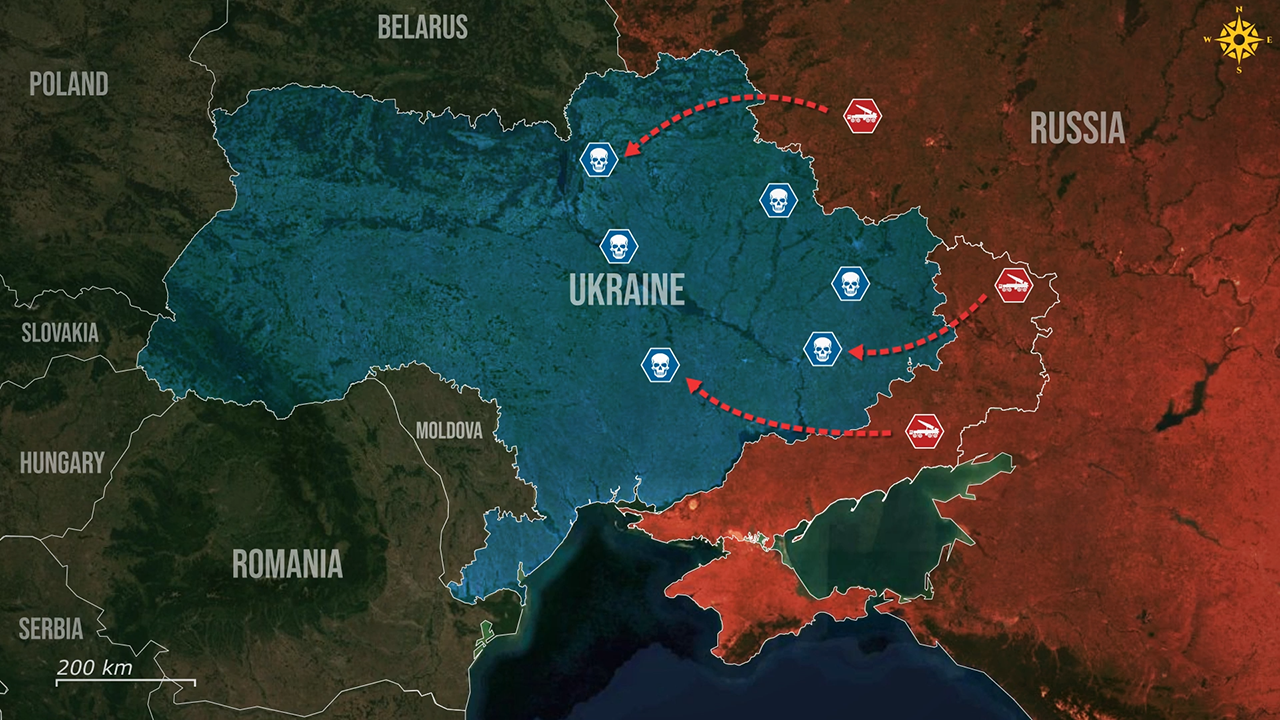
The relentless Russian strikes on Ukrainian training grounds pose a massive problem for Ukraine, severely undermining Kyiv's capacity to prepare new soldiers amid acute manpower shortages on the front lines. With over 200 reported casualties from such attacks in 2025 alone, these operations disrupt essential training cycles, killing recruits and experienced instructors, which exacerbates Ukraine's inability to replenish depleted units. The strikes also target recruitment centers, further straining mobilization efforts as potential volunteers are deterred by the heightened risks—even in rear areas far from the frontlines such as Lviv.
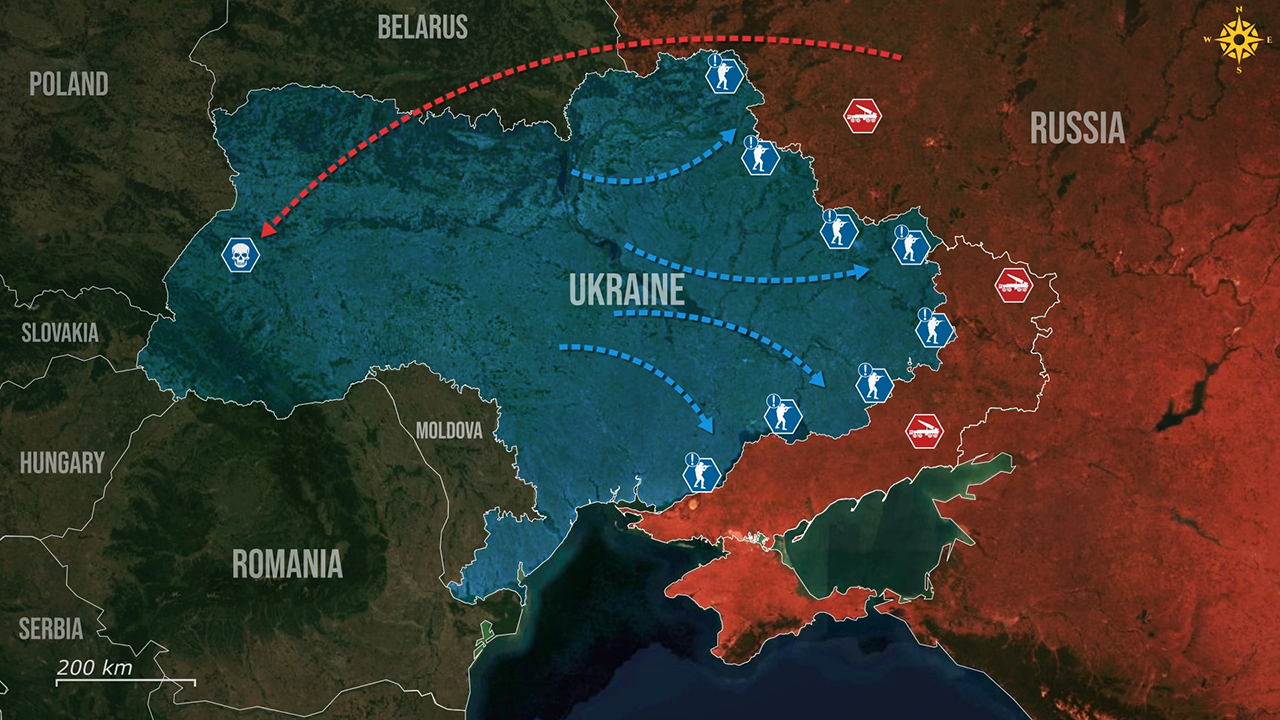
This demoralizing campaign has contributed to unstable frontlines, allowing Russian advances due to understaffed defenses. Compounded by overall combat losses, Ukraine's manpower crisis threatens long-term operational sustainability, forcing hasty adaptations that may compromise training quality.

In response to the escalating Russian missile and drone strikes on training grounds, Ukraine has adopted a multifaceted approach to safeguard its military preparation capabilities, with the primary solution being the relocation of training centers underground. This initiative, spearheaded by Commander-in-Chief Oleksandr Syrskyi in July of 2025 mandates moving as much of the training process below ground as possible to minimize exposure to aerial threats. The reasoning is straightforward: underground facilities provide robust protection against precision strikes like Iskander missiles, which have repeatedly targeted open barracks and assembly areas, causing significant casualties.

Footage from Ukrainian sources revealed the first underground training centers and barracks offering the new recruits stable facilities such as classrooms and sleeping quarters safe from Russian airstrikes, likely with mess facilities attached as well; essentially moving all the situations where trainees will be bunched up, underground. This adaptation not only prevents losses but also maintains training continuity, allowing recruits to practice in secure environments without constant disruption from air raid alerts.

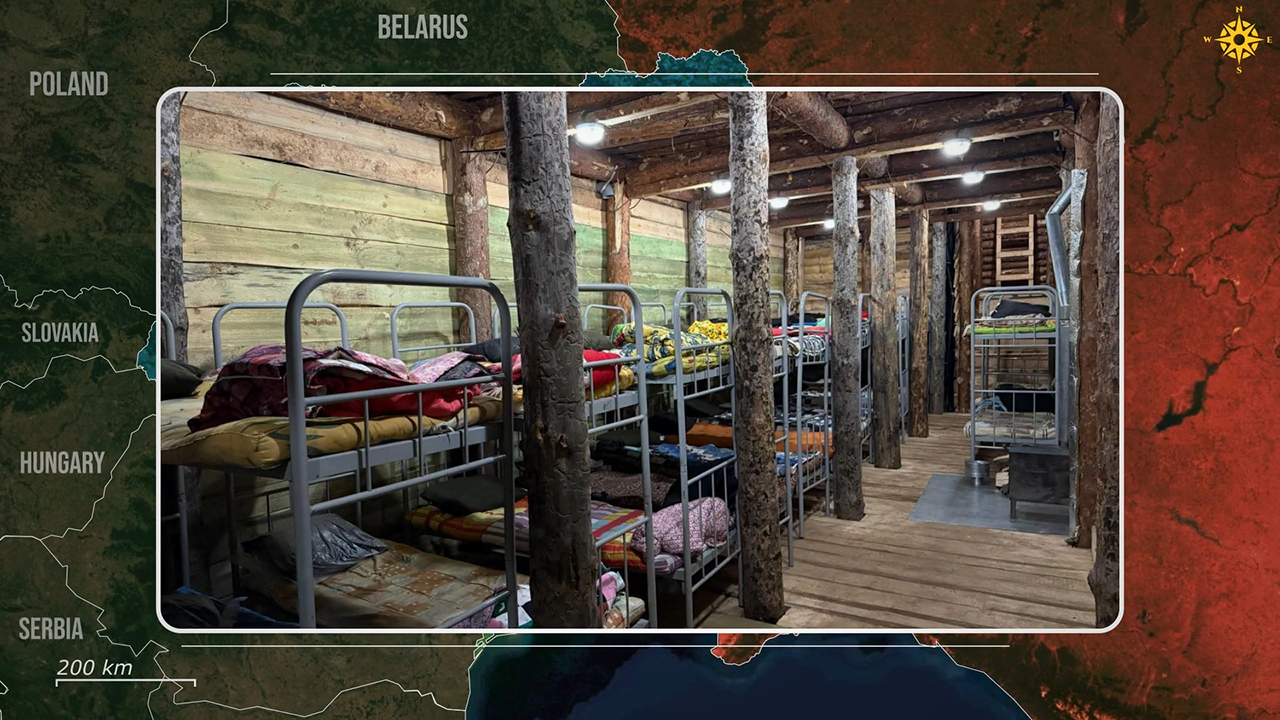
Beyond underground relocation, Ukraine has implemented complementary measures to enhance resilience. Syrskyi has ordered the prohibition of large troop gatherings and enforced stricter dispersion rules, requiring immediate responses to Russian reconnaissance drones detected over and near training centers, as well as alerts to avoid concentrations that attract strikes. This tactical shift addresses the demoralizing effect of attacks on new recruits by fostering a culture of vigilance and decentralized operations, while also making maintaining operational security and countering Russian reconnaissance a core part of the curriculum.
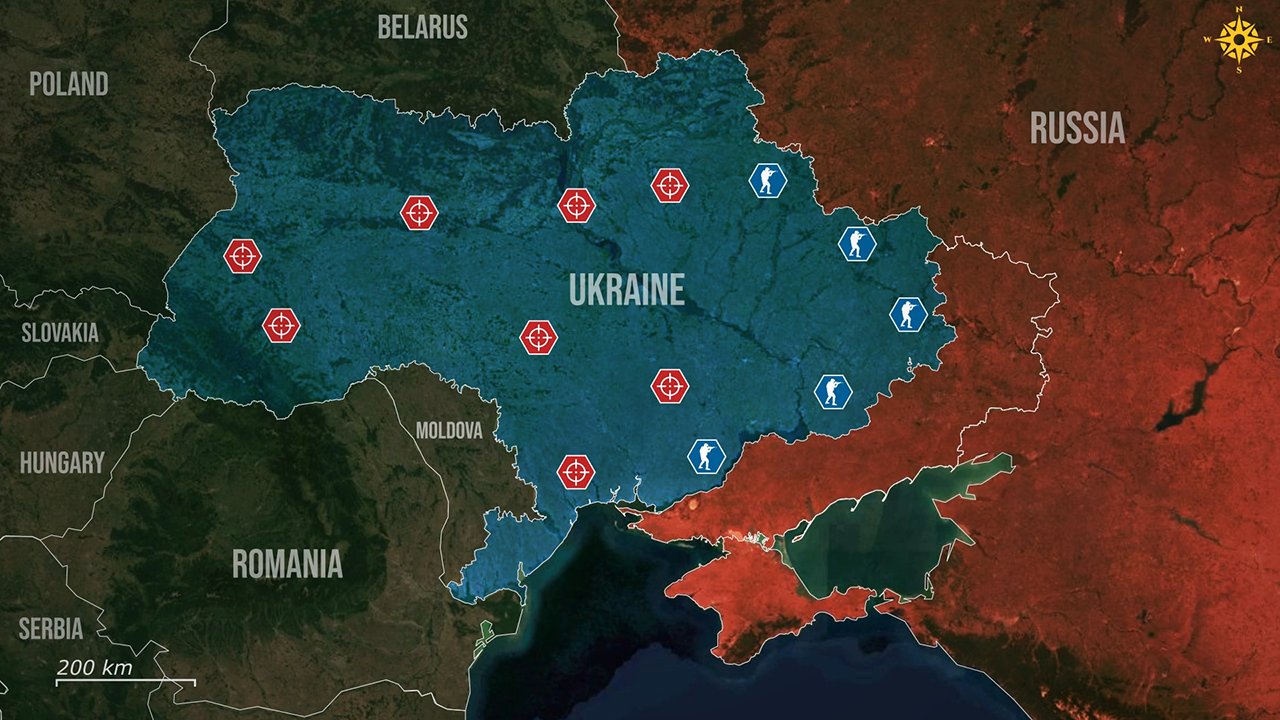
To further mitigate risks, Ukraine has expanded international training programs, leveraging partnerships with the EU's EU-mam and the UK's Operation Interflex, which relocate portions of instruction abroad to safer locations. These programs incorporate advanced modules on drone warfare, trench survival, and counter-FPV tactics, ensuring trainees receive the same crucial training they would receive as in Ukraine. Ground-based air defenses have also evolved, with layered systems to intercept missiles, reducing the success rate of Russian campaigns.
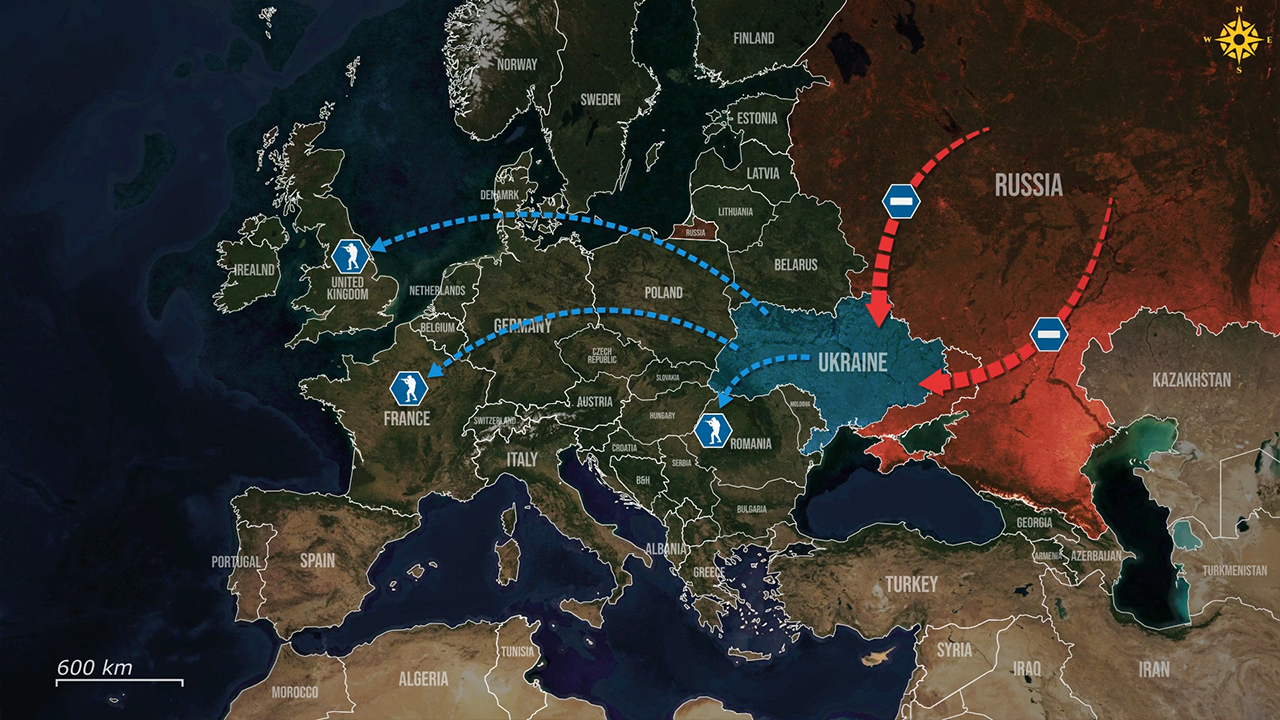
Overall, the Russian campaign targeting Ukrainian training grounds has disrupted Kyiv's military mobilization, exacerbating manpower shortages and threatening frontline stability. By forcing training underground and leveraging international partnerships, Ukraine demonstrates resilience but faces challenges in maintaining training quality under such pressure. The strategic shift towards fortification, decentralized facilities and enhanced anti-drone defenses reflects a critical adaptation to sustain its war efforts. These solutions collectively aim to preserve Ukraine's manpower pipeline by prioritizing protection, adaptability, and international support, countering Russia's systematic disruption without compromising training quality.
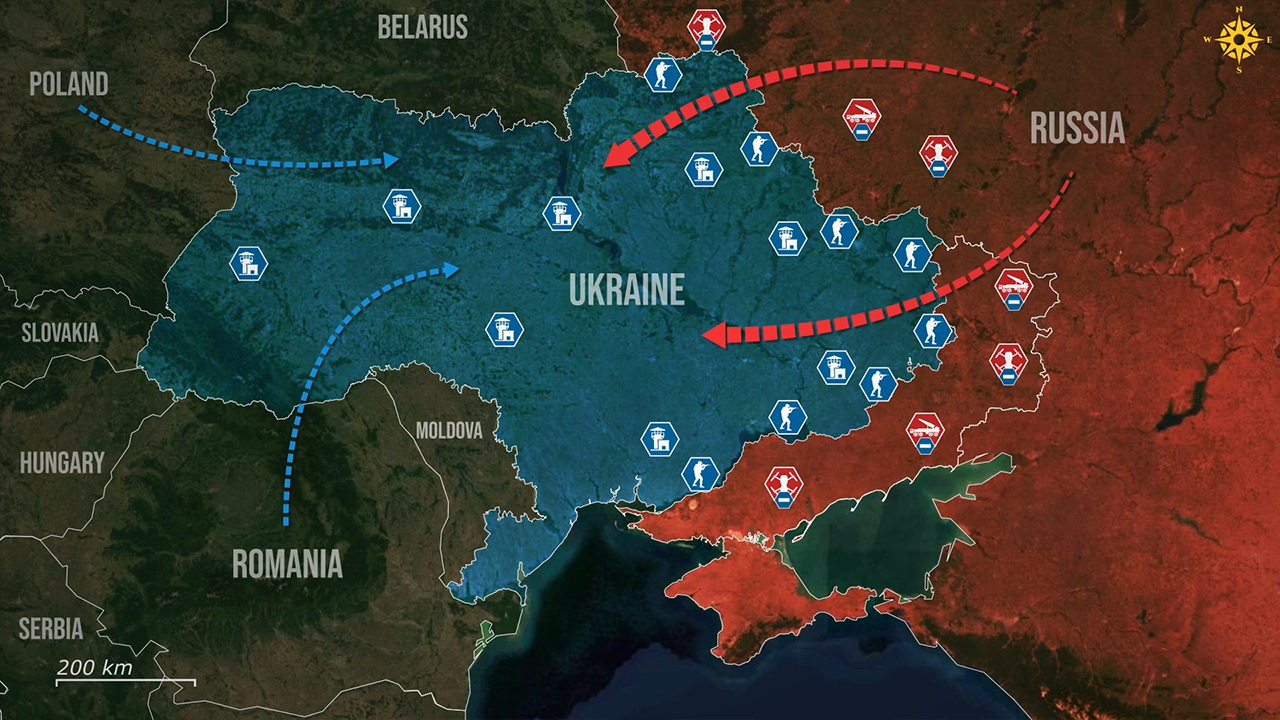









.jpg)
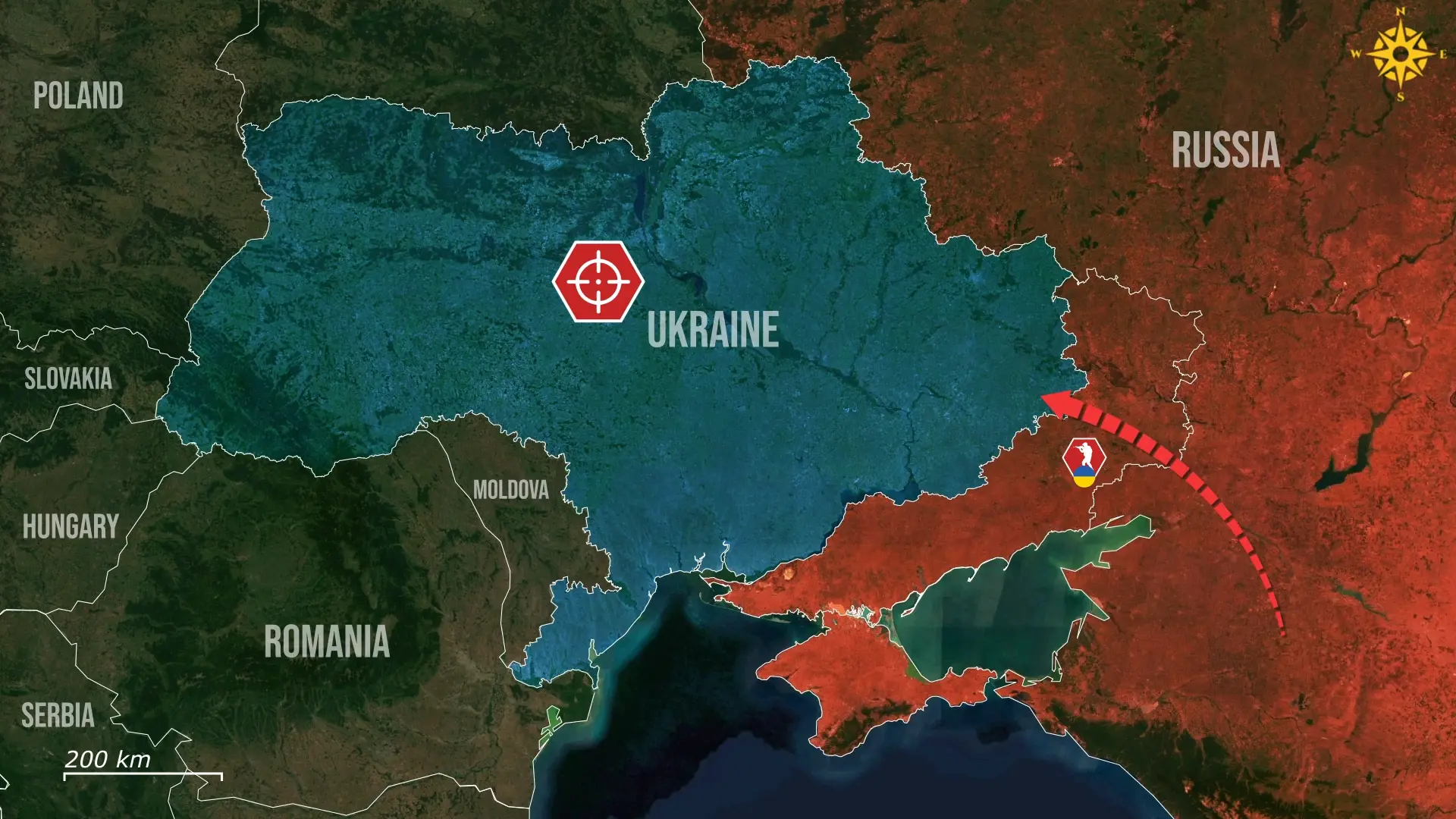

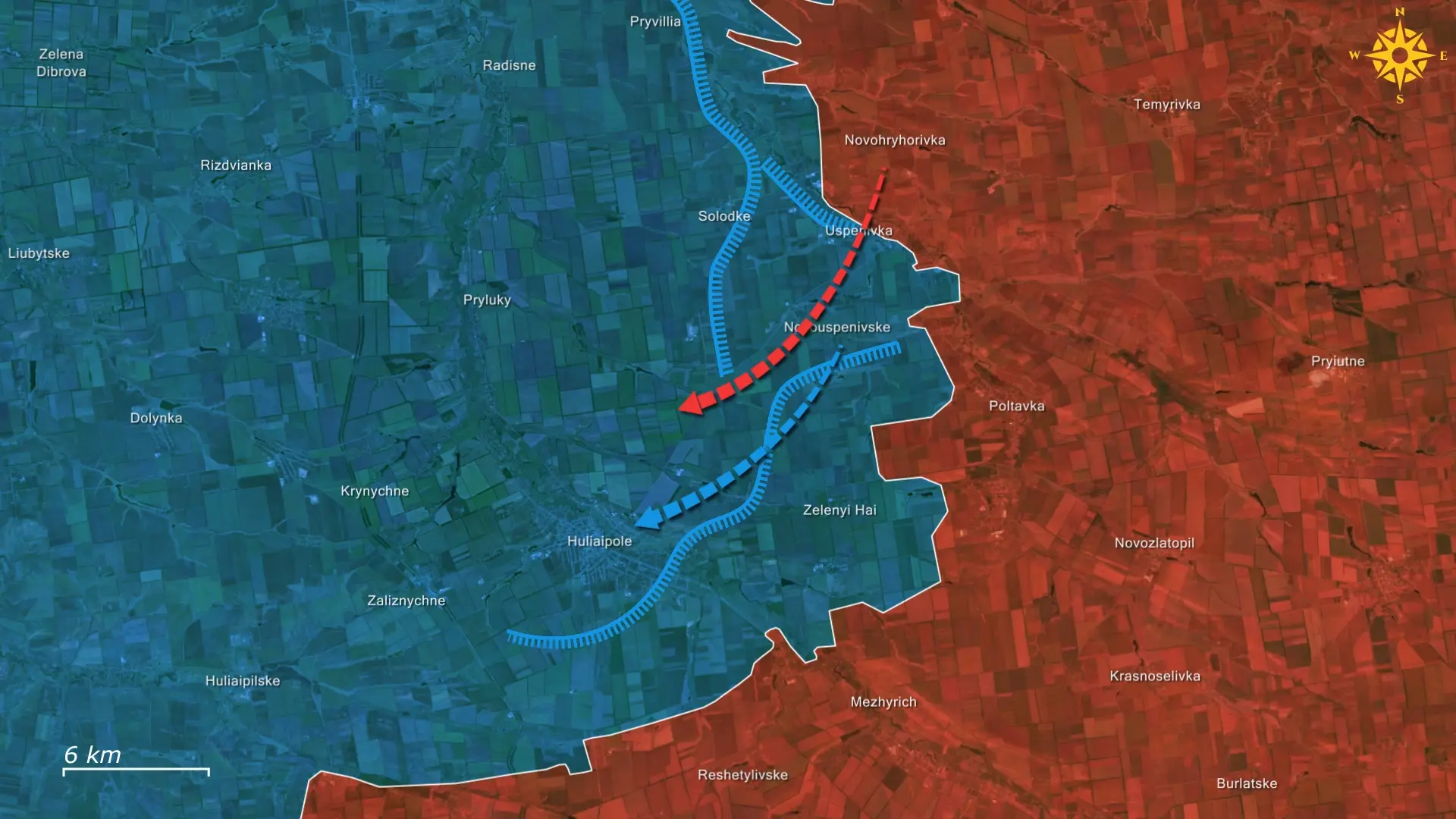

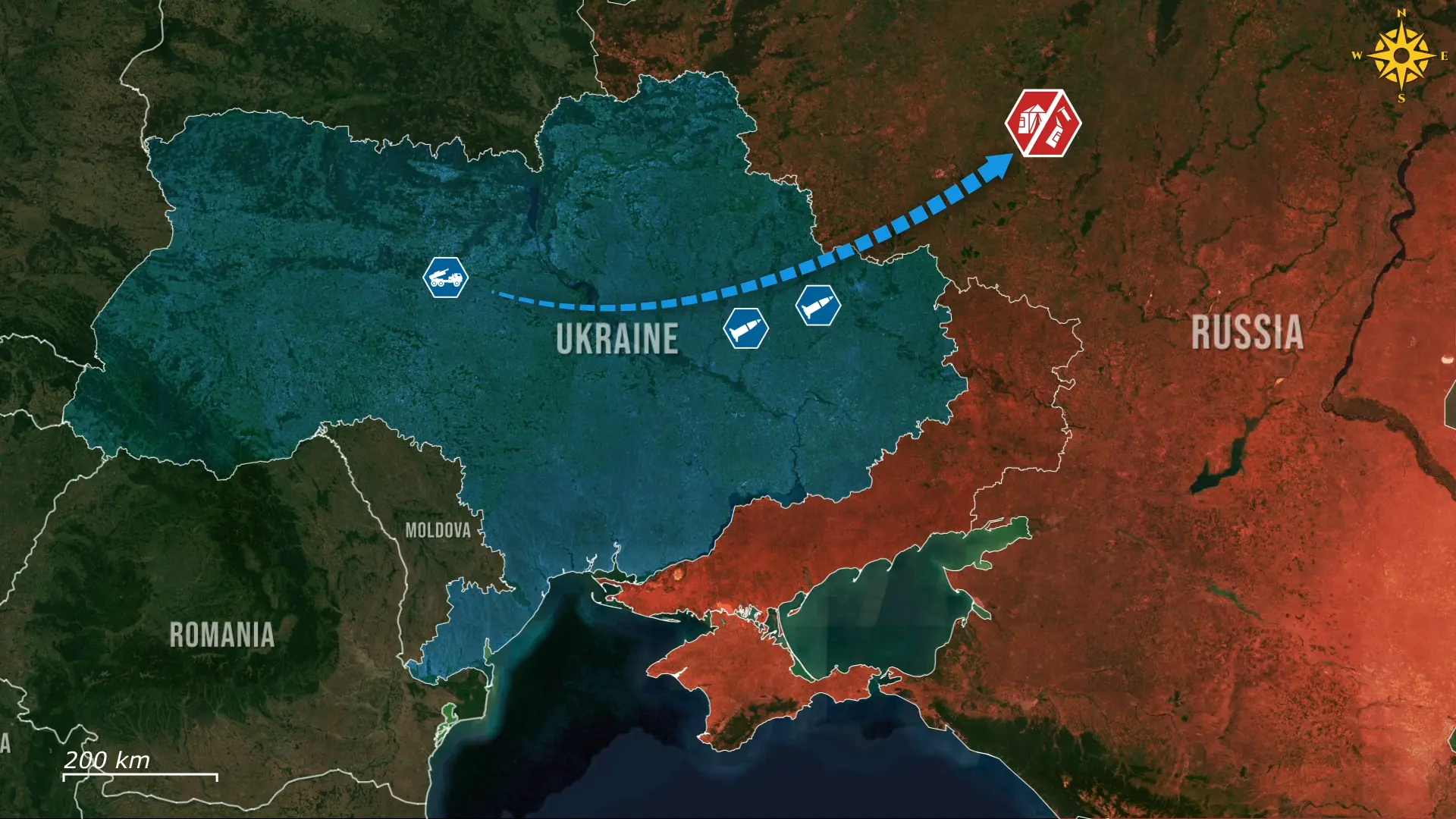
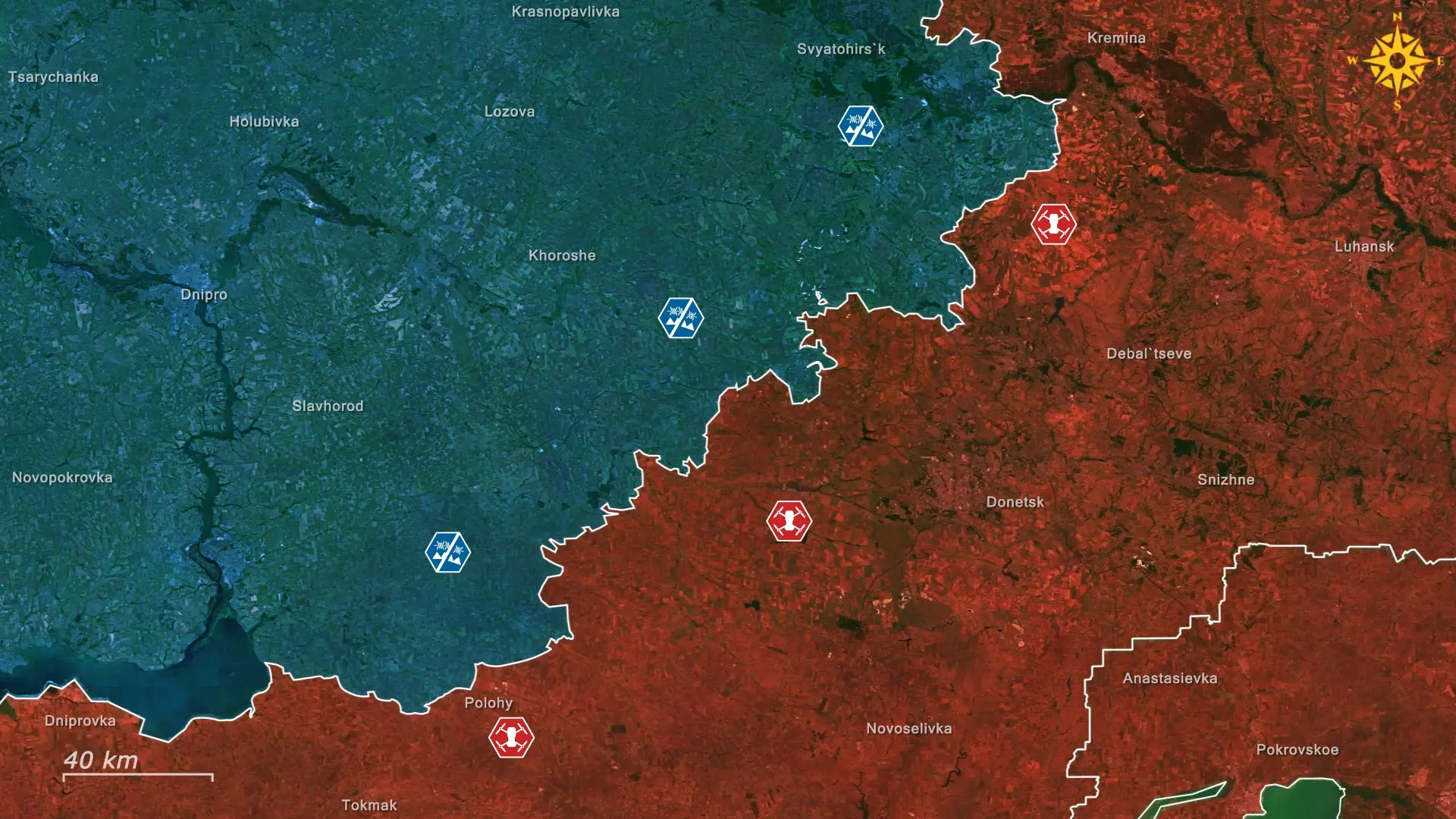
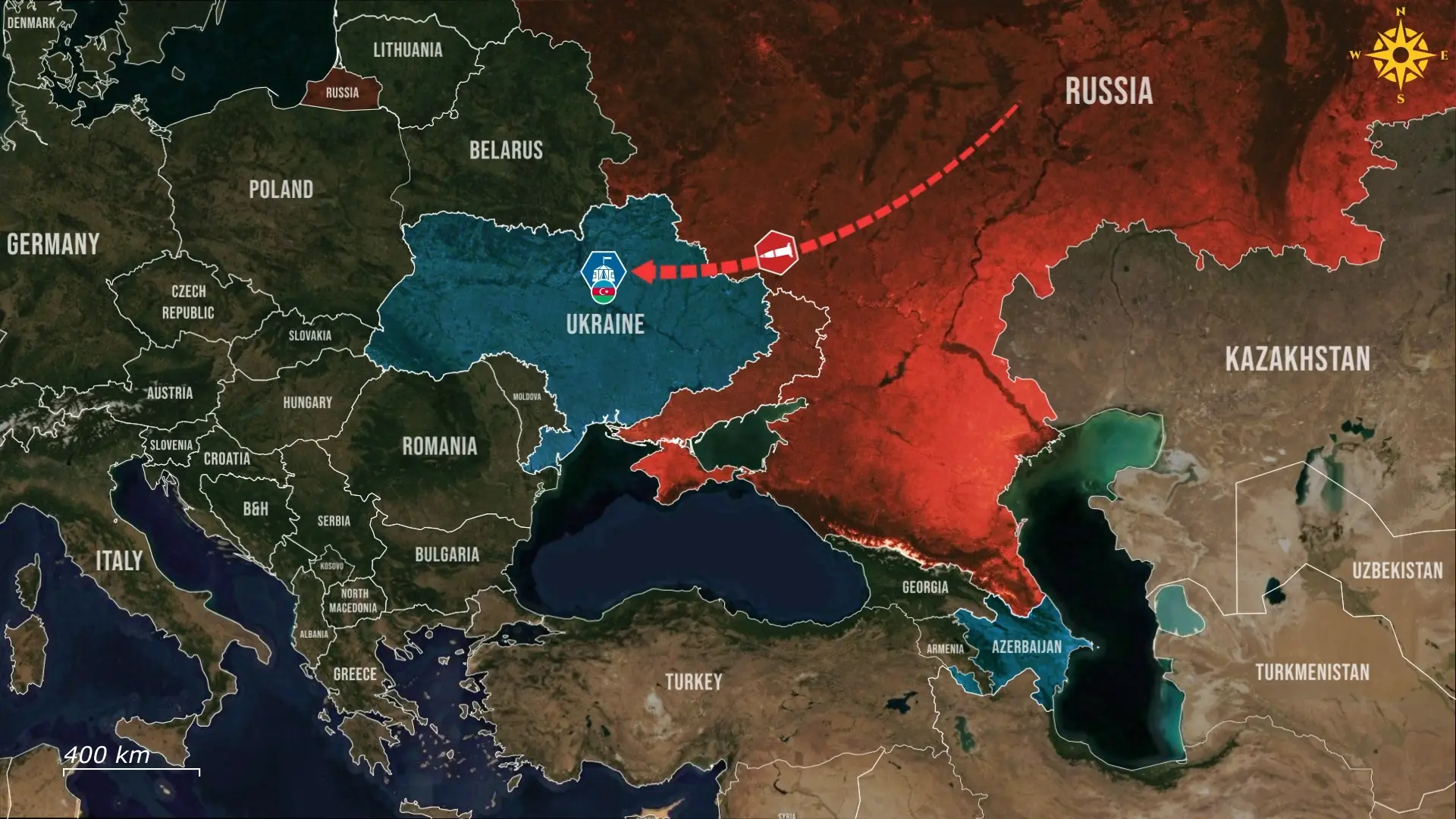
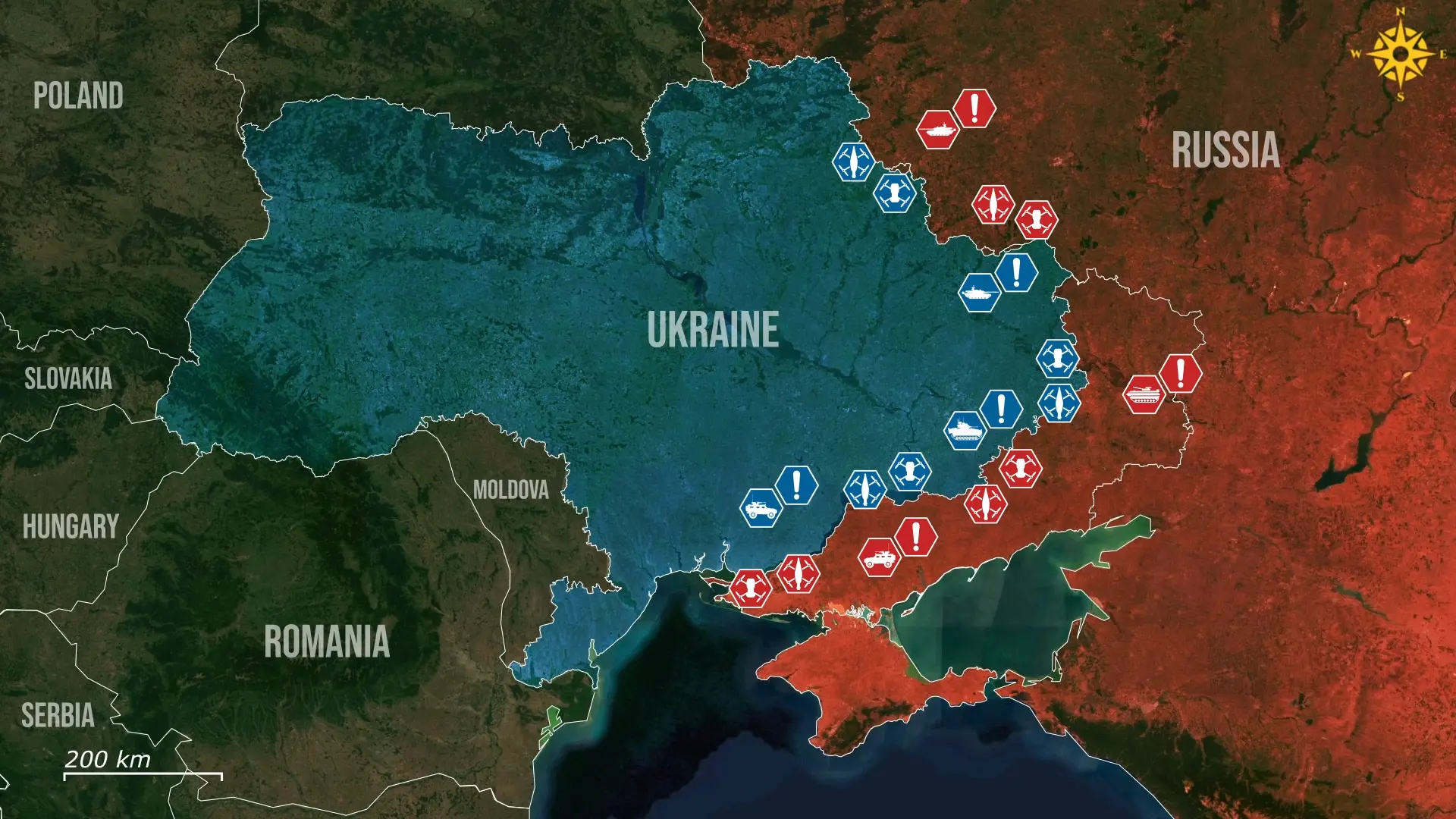
Comments